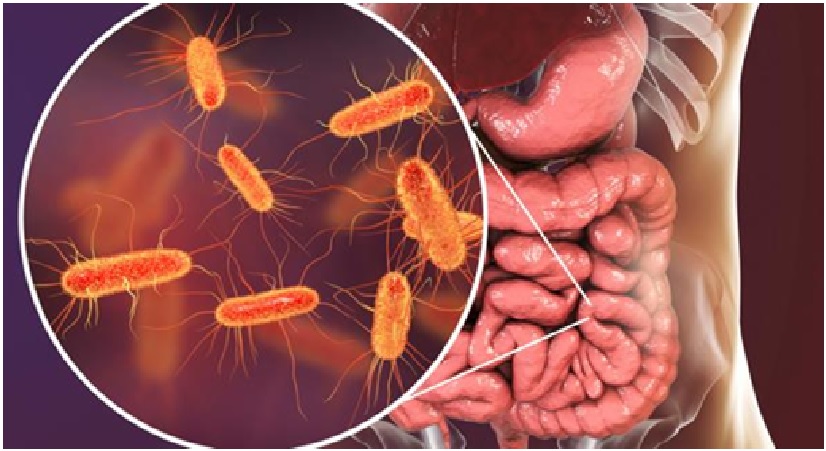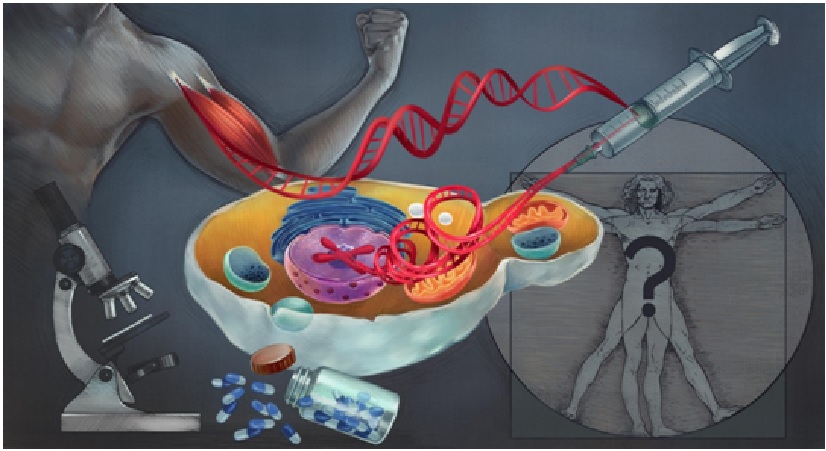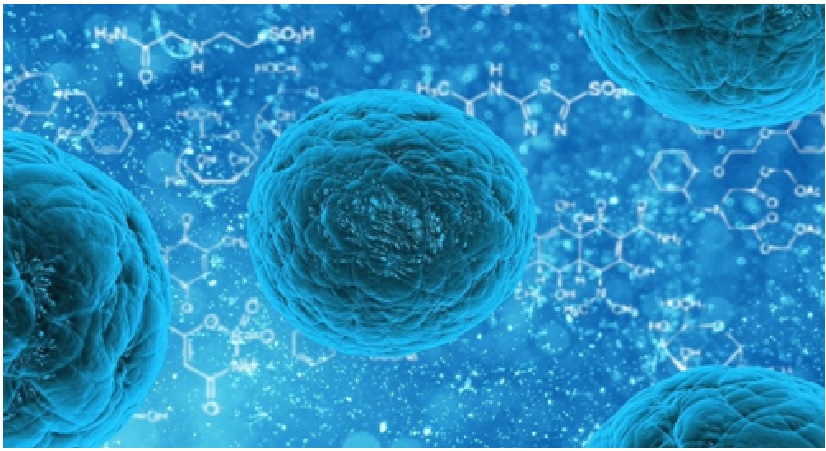Scientist Identified Key Molecular Differences Between Cancer Cells
Johns Hopkins Medicine scientists say they have identified key molecular differences between cancer cells that cling to an initial tumor and those that venture off to form distant tumors. Researchers studying a deadly type of breast cancer called triple negative.

Figure 1: New treatments that target such molecular variations.
Figure 1 shows thatthe research, using mouse models and human tissues, could pave the way for developing new treatments that target such molecular variations. "We have long needed new treatment targets and options for triple negative breast cancers," says Andrew Ewald. [1]
An estimated 10%–20% of the 280,000 breast cancers diagnosed in the U.S. each year are triple negative, and the rate is higher among African American women, who are twice as likely as others to experience this form of the disease.
The lethal nature of this type of cancer is marked by the fact that its cells lack molecular flags on its surface that connect with the hormone estrogen and progesterone and a cancer growth-promoting protein called Her2-neu.
The research team looked at molecular differences between initial, or primary, triple-negative breast cancer sites and areas where it spread, or metastatic sites, among three different types of cells: mouse models, human cancers implanted into mice and samples of both primary and metastatic tissues taken from eight patients treated at The Johns Hopkins Hospital. [2]
The researchers used a combination of machine learning, cellular imaging, and biochemical analysis to identify differences in the genetic expression patters of initial and metastatic tumors.
The scientists found that when triple negative breast cancer cells invade other tissues on their way to another part of the body, they gain two cellular properties: better movement and survival.Triple negative breast cancer cells also gain survival advantages by producing a protein called E-cadherin, typically found in epithelial cells that line the ducts and coverings of organs and frequently renew themselves.
When triple negative breast cancer cells gain such survival and migratory qualities, scientists classify their cellular state as so-called hybrid epithelial mesenchymal (EMT) cells.Fertig’s computational team used machine learning techniques to find patterns among each cell’s expression of RNA, a cousin of DNA involved in protein production.
The scientists found that most of the metastatic cells morph into the more mobile, better surviving, hybrid EMT state. Ewald’s team then validated these states in samples from eight patients with triple negative tumors, examining both primary tumors and tissues from metastatic sites of the same patients. [3]
References:
- https://medicalxpress.com/news/2022-08-scientists-molecular-biomarkers-cells-deadly.html
- https://bioengineer.org/scientists-identify-novel-molecular-biomarkers-in-cells-that-spread-a-deadly-form-of-breast-cancer/
- shttps://clpmag.com/disease-states/cancer/breast/scientists-identify-biomarkers-in-cells-that-spread-a-deadly-form-of-breast-cancer/
Cite this article:
Sri Vasagi K (2022), Scientist Identified Key Molecular Differences Between Cancer Cells, AnaTechMaz, pp.86















